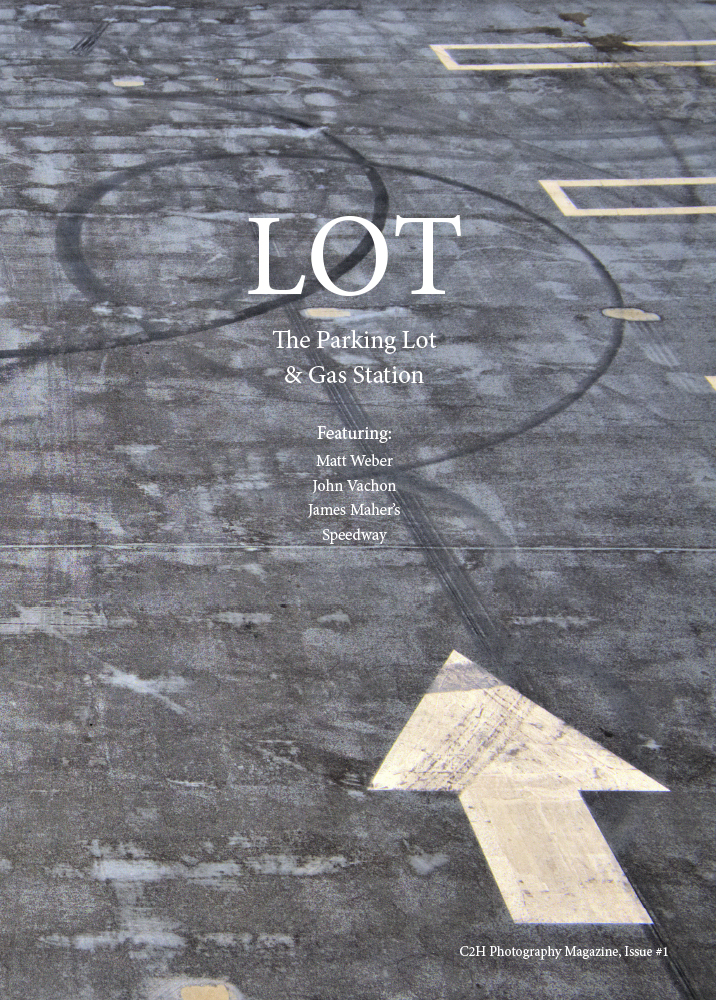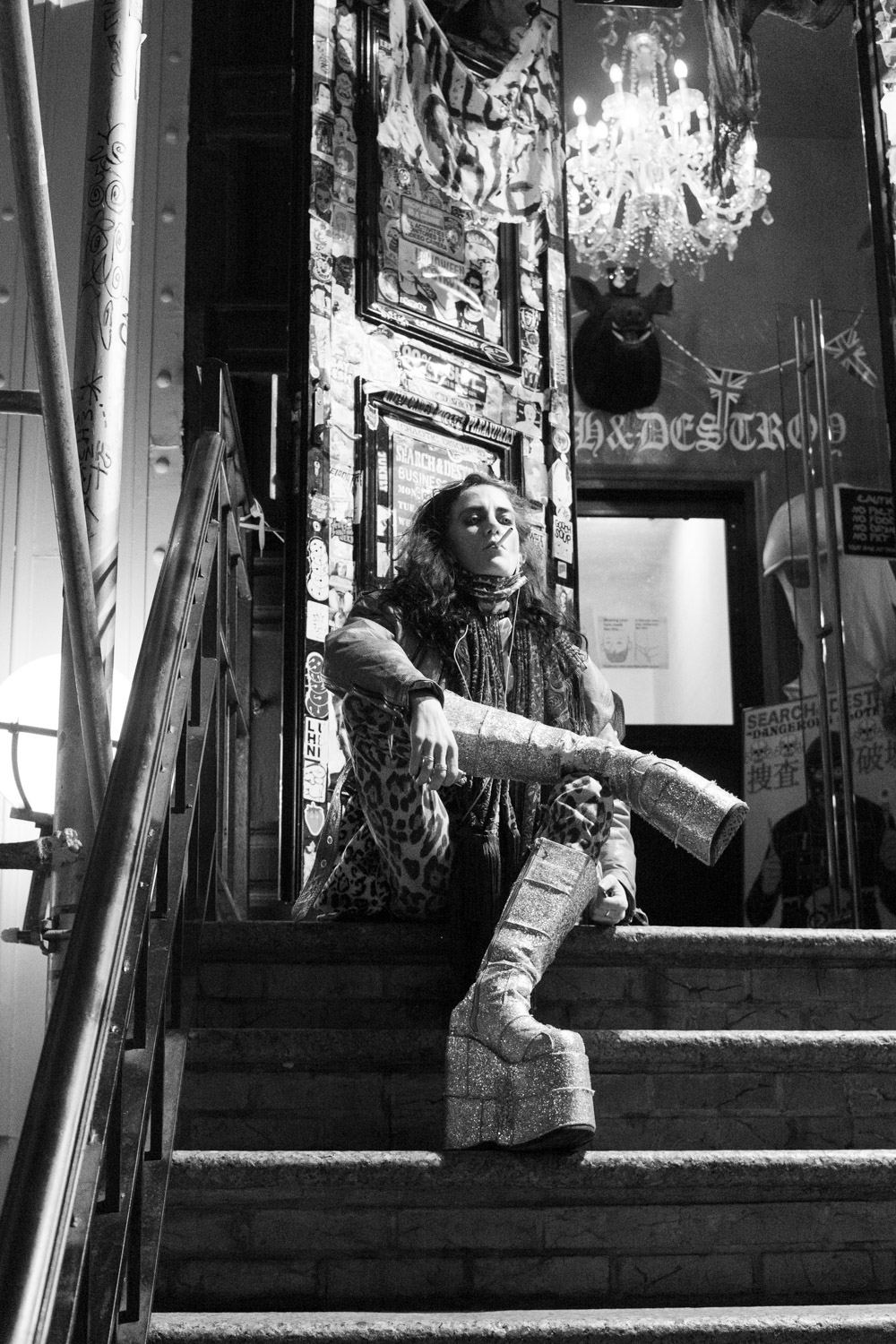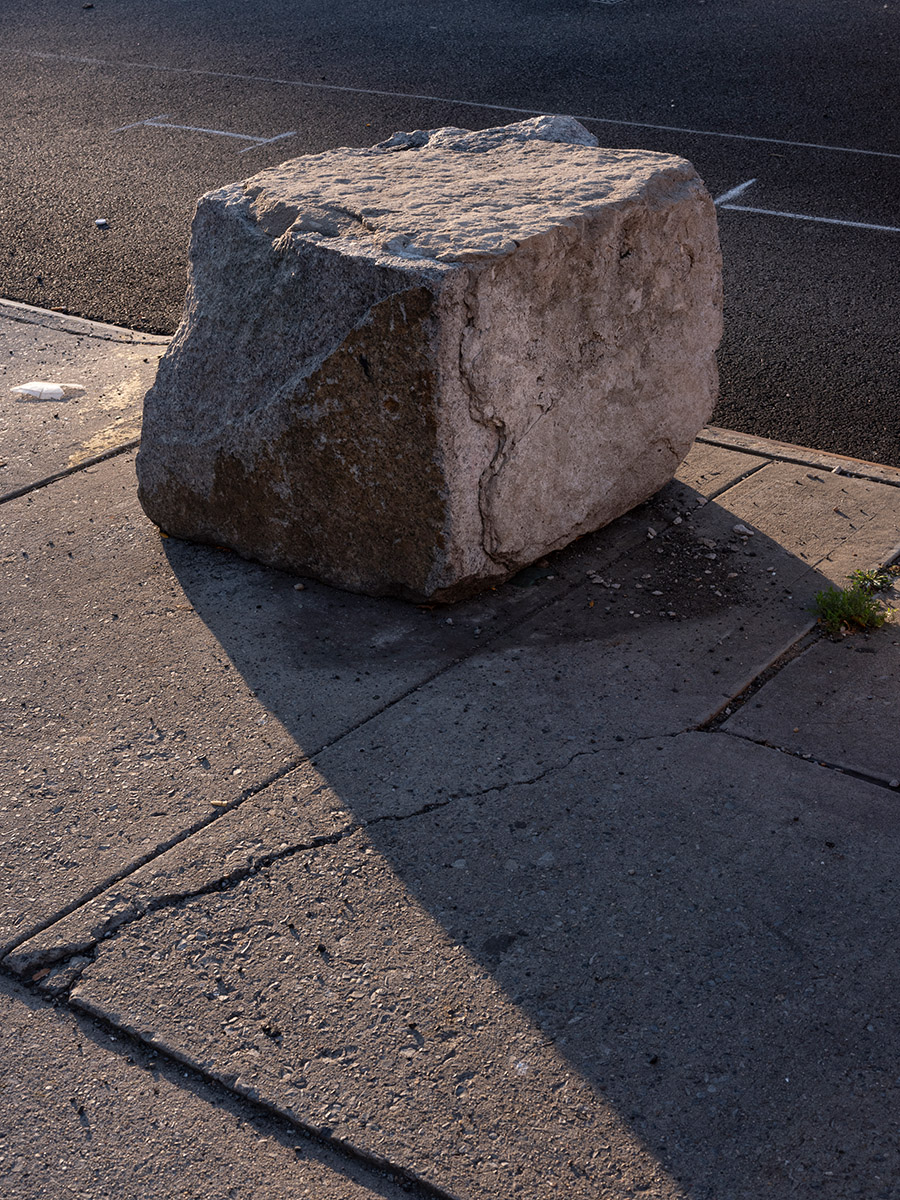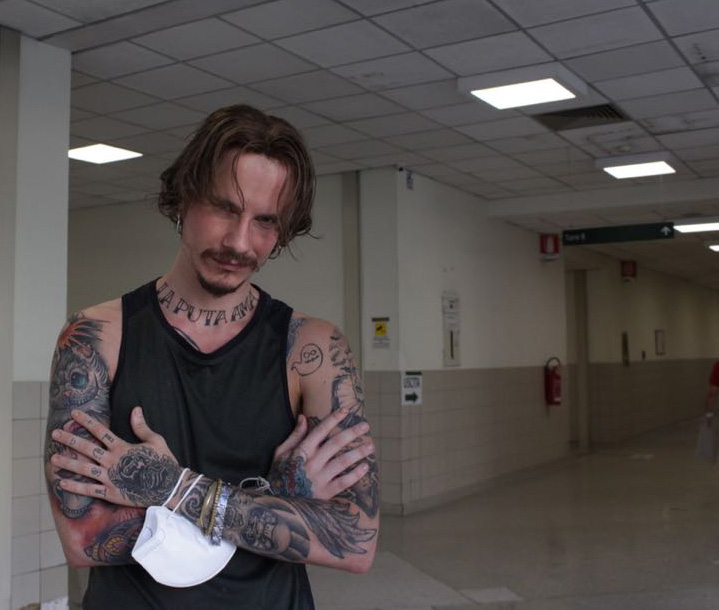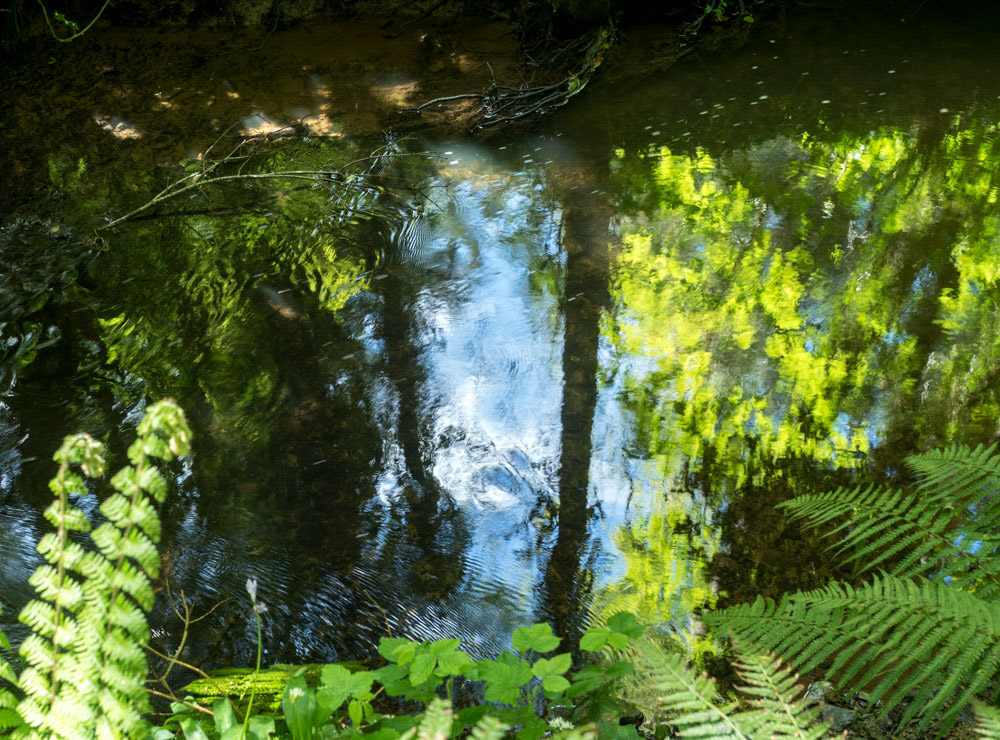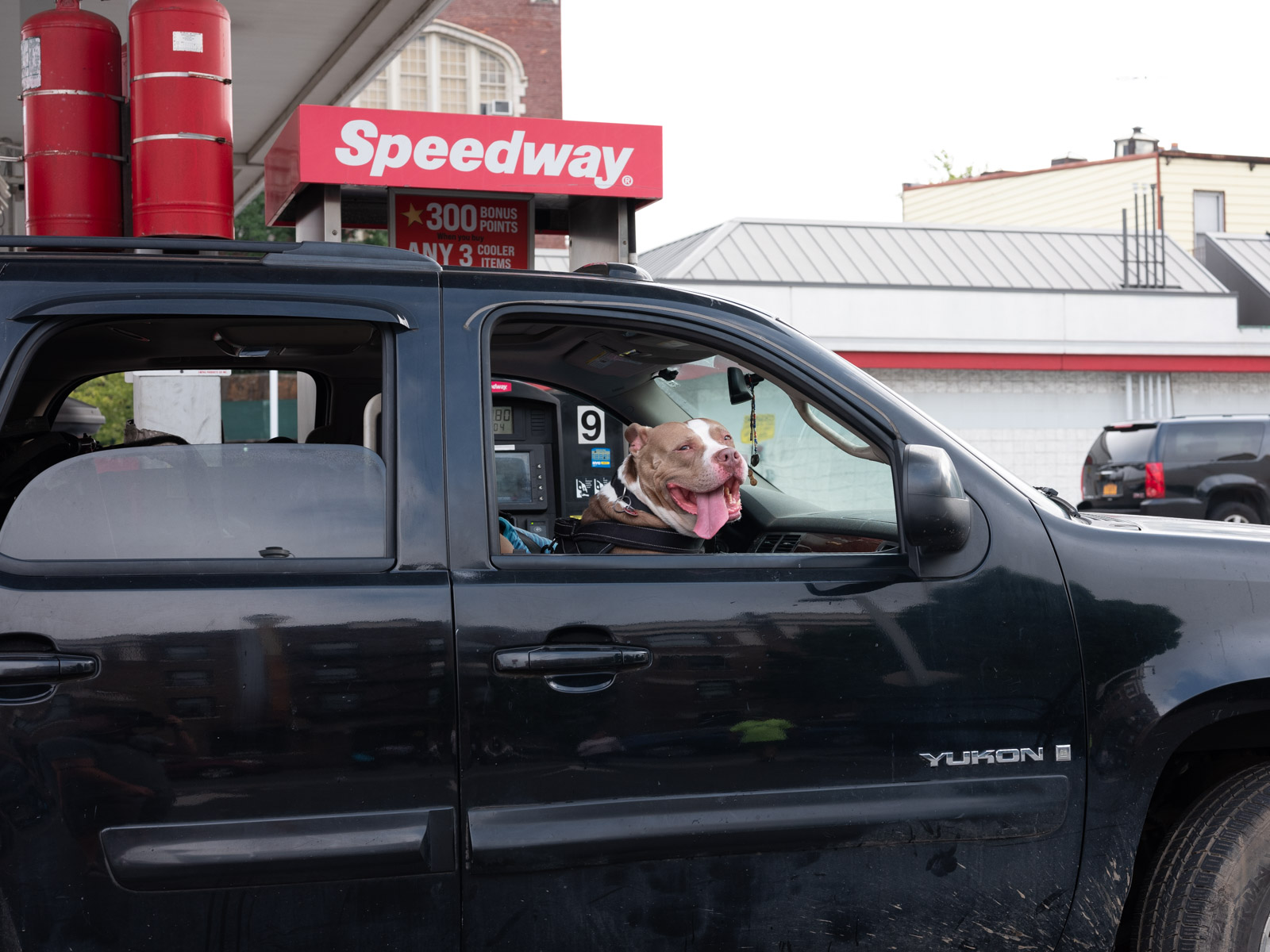Slow and Steady
This Friday, Dec 10th - submission deadline for holiday show and challenge #8.
Regina mentioned in a comment recently about me showing some examples and ideas for challenge #8. I’m sorry I haven’t had the time to do this with the zine and all the other Salon stuff, but in the future we’ll do more to talk about the challenges as they’re going on. That’s important and I have a lot to say about it, but will do it this time during the recap post.
This year was a lot about building out the Salon and its features and next year will be about refining it and how we use it – focusing on what we’ve built and getting into a regular groove. And I want to spend more time next year focusing on sharing your work in these posts and such.
Please take the challenge in any direction you feel. This is a challenge is about interpretation and photos that mean something to you. Challenge submission page.
For the end-of-year show, upload up to three favorite photos taken this year as a part of the Salon, or if you are a newer member, or been in lockdown, share previous work you’ve taken outside of the Salon during this year.
I’m only going to pick one from each person, so if there’s one you definitely want to show, just upload one. And the show will be up for one month.
Keep in mind the photo sizing for the challenge and holiday show are different. For the holiday show, size the photos to jpg, 65% quality, 1900 pixels wide. Color space srgb. Name them “Firstname-Lastname-1.jpg”.
Upload here: https://www.dropbox.com/request/lMVarLootjMUN2PNaMnf

Mango’s artwork
LOT Zine
I’m assuming most of you got the Lot Zine by now. I hope you enjoy it! Here is a link to download the PDF of it, BUT if you purchased it please wait to have your first viewing be of that version.
I’m very curious to see what you think about it. We’ll have a photobook type hangout scheduled soon where we’ll go over it and talk about ideas for the future as well.
This was a massive time crunch, so creating a template, ordering multiple test copies, dealing with the quirks of on-demand printing, and figuring out everything for the first time was a lot at once. In further versions, it’ll be nice to have more time on the content versus tweaking the layout so much.
One of the biggest issues was the gutter of a thick magazine like this, and I think future versions will have fewer pages. Everything’s a tradeoff, and having a lot of large double-paged photos despite the gutter was a tough one to reconcile, but I think it was worth it. Especially with John Vachon’s work, I hated putting it on the gutter, but his photos were rife with small details that needed to be seen.
The double pages let you get lost in the photo, the details become clearer, and they break the pace up nicely. You just have to run with the imperfections though. And that being said, I wish I could have done a little less of them. A reason why they were even more necessary this time was that there were only a few vertical photos uploaded, and we needed something to break up the pages of all square photos.
Probably 98% of submissions were horizontal, so in the future try to give a little more thought to creating some vertical compositions. It will help a lot with the magazine experience, and it’s good in general to switch it up.

Greene Street
Rejection
As I mentioned last week, not everyone got photos in, while others got multiple. It’s just not possible, nor beneficial to make sure everyone gets a photo in every issue, but I did try my best to balance that with the storytelling. And attention will be paid to making sure everyone gets photos into these regularly.
You know by now that I want to keep competition out of this place as much as is possible, but for something like this, it’s necessary to some extent. And I think when done delicately and in the right amount, rejection is a beneficial thing.
We all need it to some level, it pushes us, changes our thinking, lights a fire. An artist’s life is like a potted plant, where the soil is all the rejection necessary to make a flower.
The initial hurt can be tough, but I promise it gets easier. Just barrel down, focus in, and think about what fun you’re going to have next.

Greene Street
Slow and Steady
Finally, I’m sorry for the constant motivational speaking, but one of my main goals with this Salon is to help you figure out how to keep up with your photography as regularly and steadily as possible.
A lot of people take a break during the down periods, and sometimes that’s necessary, but it can be the most important time mentally to embrace your art. There’s nothing like a good walk on a terrible day, after you get yourself out the door that is.
It’s important to understand that this is a slow and steady process. And it’s why I think ideas and projects can be so important. A project doesn’t have to be all-consuming with your photography, but something that you can do steadily and fall back on when you’re not feeling so into things.
When I feel unmotivated, getting out the door with the camera can feel overwhelming. But if I have something I’m working on, it feels much less daunting to say, ‘Hey let me pop down to the Speedway for a bit, or head over to Greene Street.’
Once you get to this point, you don’t need inspiration, you don’t need an idea, you just need to get out the door and head over to a place. It takes a lot of the planning, second-guessing, and over-thinking out of the equation. If need be, just pick an area and keep exploring it.
Now make sure you have some warm clothes so photographing this winter can be fun!
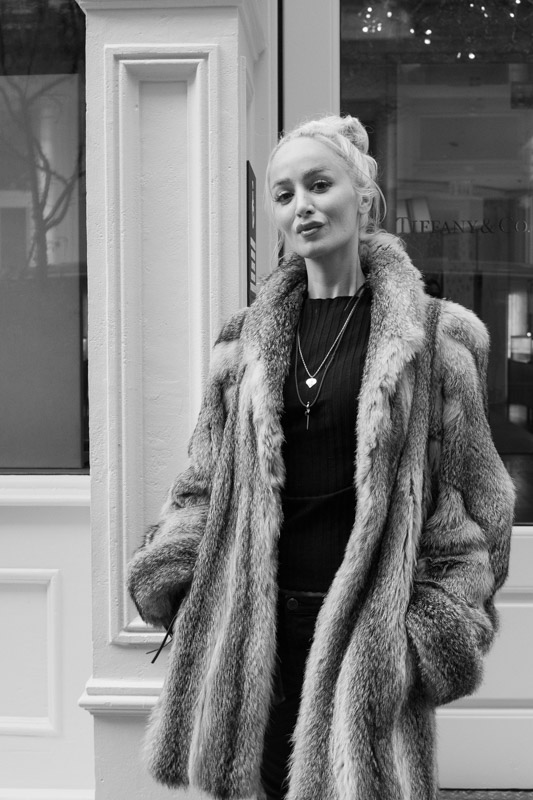
Greene Street
Photo Links!
Lot Zine Released, and End of Year Gallery Show
LOT Zine Released, and End of Year Gallery Show
Paper and pixels
That’s what we have today, two incredible ways of displaying our work, one old and one new.
First, click here to order your LOT Zine copy. I’m so excited for this to go out.
The cost is $23 + shipping. That is actually the cost with no profit added, since they are printed on demand. If you’d prefer the PDF instead of purchasing the zine, just let me know.
And while the second part of this post is going to be the fascinating part, I want to stress how incredible it is that I can create a PDF, upload it, and have you all from around the world be able to get a copy relatively quickly. Magic.
I’ll release the PDF to everyone in a month but I want to make sure everyone’s first experience is the tactile experience of the magazine.
And thank you to Emily Passino, Larry Felton, Vin Sharma, Nora Hartfelder, TS Russell, Peter Weeks, and Richard Angeloni for working to create this (and how about that cover photo by Richard)!
And since they’re printed on demand if any of you get a copy that looks a little messed up (I don’t think it’s common, but possible), just let me know and we can get you a new one.
We’ll talk more about it when you all get it. Sit back and enjoy!
Part 2 – Pixels (and a gallery show)
So I’ve been a tad stressed lately. I’m sure I’m not alone in that. And when I’m stressed I sometimes screw around and try to think of fun things to procrastinate with.
Given that this is the year of the metaverse, it’s been on my mind. Especially with all the fascinating and ridiculous stuff that’s going on in the NFT world.
But really, what is the metaverse? Mainly, it is a melding of the real and virtual world. Now this can and I’m sure will be a terrible thing in many ways.
But it also has a lot of amazing potential, especially if you don’t think of it as replacing the real world, but instead, enhancing the virtual world to feel less virtual. Hopefully a balance can be created.
So I started exploring the web to see if it was possible to show work in a real life gallery form, a way to elevate it and transform the experience of looking at it. And wow, what I found is so freaking cool. Here’s a gallery for my Luxe City project.
I suggest checking this out on a big monitor if you can, larger enhances the experience, but it works really well on a phone. And view in fullscreen.
In a few years, maybe we’ll be conversing in here, having drinks, and talking about the art. There could even be instant ways to purchase prints. The potential is immense.
And this is not meant to replace real gallery shows, but to create gallery shows for people around the world in ways that would otherwise be impossible.
And it’s perfect for this Salon.
So sorry for my rambling, the gist is… we’re going to have a holiday gallery show of our best work created in the Salon this year.
And then we’re going to have a permanent virtual gallery where we share projects and such from members. More on how that will work in the new year, but work on your projects if you can.
For the end of year show, Upload up to three favorite photos taken this year as a part of the Salon, or if you are a newer member, or been in lockdown, share previous work you’ve taken outside of the Salon during this year.
I’m only going to pick one from each person, so if there’s one you definitely want to show, just upload one. And the show will be up for one month.
Size the photos to jpg, 65% quality, 1900 pixels wide. Color space srgb. Name them “Firstname-Lastname-1.jpg”.
Upload here in the next two weeks: https://www.dropbox.com/request/lMVarLootjMUN2PNaMnf
And sorry no time for photo links this week.
Golden Apples
Golden Apples
I want to share this passage from the photographer James Prochnik.
“Photographer Mark Steinmetz once warned me and fellow workshop participants to “beware life’s golden apples.” I have an unreliable memory, but I believe Steinmetz told us this warning was passed on to him by Garry Winogrand and found by Winogrand in Greek mythology, so it’s a cautionary tale with a solid pedigree and a story I’ve often returned to and reflected on since hearing it.
What are life’s golden apples? As I recall the story – the golden apples are part of a Greek myth about a beautiful woman, Atalanta, who challenged her numerous suitors to a race – the one who could best her in a race would win her hand in marriage. So on the appointed day, Atalanta, and all her suitors set off running. Atlanta, who could run fast as the wind, quickly took the lead, but as the race wore on, some of the men began to catch up, and so Atalanta began tossing golden apples behind her. One by one the exhausted male suitors found themselves distracted by the golden apples and stopped chasing her in order to catch and keep one of these incredible apples for themselves. Only one suitor, Melanion, pushed on, unfazed by these entrancing and tempting apples. Melanion’s focus allowed him to eventually catch up to Atalanta, and so wins her hand in marriage. (The actual Greek myth has some notable and complicating differences from my memory of the story).
The moral of this story is that life is filled with golden apples distracting us from our true goals and loves and passions. In our contemporary world, the internet and social media are like demonic golden apple pitching machines throwing out so many golden apples it’s difficult for even the most dedicated and focussed artists to press forward, undistracted and undeterred. But even if social media and the coming metaverse were never invented there would still be plenty of distractions to keep our minds and hearts distant from our most enduring dreams. In my case, it was the realization that as much as I enjoyed the golden apple of photographing the random and serendipitous, few of the resulting pictures seemed capable of adding up to the consistent and coherent bodies of work I ultimately dreamed about making.
It’s important to recognize that the golden apples are not without value. They are golden for a reason, and a life of catching golden apples is still sweet, and still good. But a little time spent meditating on the golden apples of one’s own life may help us reach heights we never thought possible.”
Challenge #8: Light and Dark
Quick Challenge Details
1. Upload up to six photos for Light and Dark. They can all be dark or light or grey, but it would be nice to see a mix.
2. Upload up to two photos for the self-portrait challenge, one light and one dark.
File Naming: Firstname-Lastname-1.jpeg (2, 3, etc.)
File Naming (Self-Portrait): Firstname-Lastname-Self-Portrait-1.jpg
Web Sizing: As you would size to upload to the site, 1000 pixels long edge, 65% quality).
Upload Link: https://www.dropbox.com/request/yxyB8W7h067BsRG4ES91
Deadline: Friday, December 10th
*I’m creating a challenges tab so this information is more easily accessible.
Sundial
Sundial
I hope you’re hanging in well. I have a feeling everyone’s a little tired right now, as am I. Hang in there and do your best to seek out inspiration.
Next week we’ll have a new challenge that will hopefully be stimulating and allow you to be creative. I’ll also give an update on the progress of the zine next week.
If you want the free shipping from DSI, don’t forget to order it by tomorrow when the free shipping is supposed to go away: https://www.homephotosalon.com/read-this-for-a-free-print/
Read This For a Free Print
Read This For a Free Print
Connections, Portrait Challenge Results
Marina Napoleoni
Connections - Portrait Challenge Results
There is a lot to read here, so pick a couple based on people who look interesting to you and check them out. There are fascinating stories throughout.
This was the best way I found to present it all, but I originally wanted to just show the photos together with no text, so we could get a sense of the quality of them all next to each other with no distractions.
It’s amazing how much stronger this set of portraits are overall than much of the previous portrait work that’s been done, even though there’s been a ton of fantastic portraiture already.
Everyone looks comfortable, real, in their element. There’s a lot of nuance in these photos.
I believe nothing can improve you as a street (or non street) portrait photographer more than showing genuine interest in your subjects. And this can clearly create some incredible experiences for you as well.
These photos are proof of that. Well done!
Seeing the Light: Challenge Results
Ann Hyland
Seeing the Light: Challenge Results
I’m going to keep my commentary short on this one. What can you really say that the photos here don’t already say on their own?
Clearly, one major skill that will improve your photography is better noticing the light and its qualities. And I think looking through these photos will certainly stimulate that.
I have tremendous fun organizing the images, although I’m sure I miss and leave out some great photos in the process.
I separated the selects into two groups, because in Lightroom I picked out an initial 45 photos and then another 45. But looking through after organizing these and they’re both pretty equally excellent.
Hope you find this inspiring! Next week I’m hoping to get to the portraits and stories.
And I’m psyched to see all the LOT photos already. My feed looks like one big parking lot and there are a lot of fantastic photos already. Get some portraits, get some detail shots, find quirky things, amongst everything else!
Challenge #7 – Projects and Zines
Challenge #7: Projects and Zines
I hope you’ve all had a restful August!
Apparently the world’s still (temporarily) ending, we’re returning from a quiet August to get back to the real world, and we’re all mentally screwed up (on a good day). Or at least I am.
But it’s time to get things going more here. Let’s take some photographs. I don’t care when or how you do, just take some shots. And hopefully this challenge will help.
We’ve done many challenges based on specific ideas, and for this challenge, there’s both a specific part and a part that will allow you to go in your own direction.
*and just a side note, sorry for posting so many of my photos in these last few posts – it’s just easier to represent these project topics. We’ll get back to posting community photos after this.


